No Results Found
The page you requested could not be found. Try refining your search, or use the navigation above to locate the post.

View All Bird Products Available In Our Shop
A nutritious blend of wholesome ingredients designed to provide your birds with the energy they need for day-long adventures. Packed with protein and essential nutrients, this bird grub is a surefire way to keep your feathery friends chirping happily!
View All Bird Grub Products Available In Our Shop
This innovative feeder allows multiple birds to dine simultaneously in style! Crafted from durable materials, the tower feeder is designed to attract a variety of species while minimizing waste. Plus, its chic design will add a touch of elegance to your backyard!
View All Bird Tower Feeder Products Available In Our Shop
Perfect for hummingbirds and other nectar-loving species, our Premium Nectar formula is bursting with flavor. It’s easy to use—just mix with water, and watch as it transforms your garden into a buzzing hub of activity!
2 in stock
View All Bird Nectar Products Available In Our Shop
The page you requested could not be found. Try refining your search, or use the navigation above to locate the post.
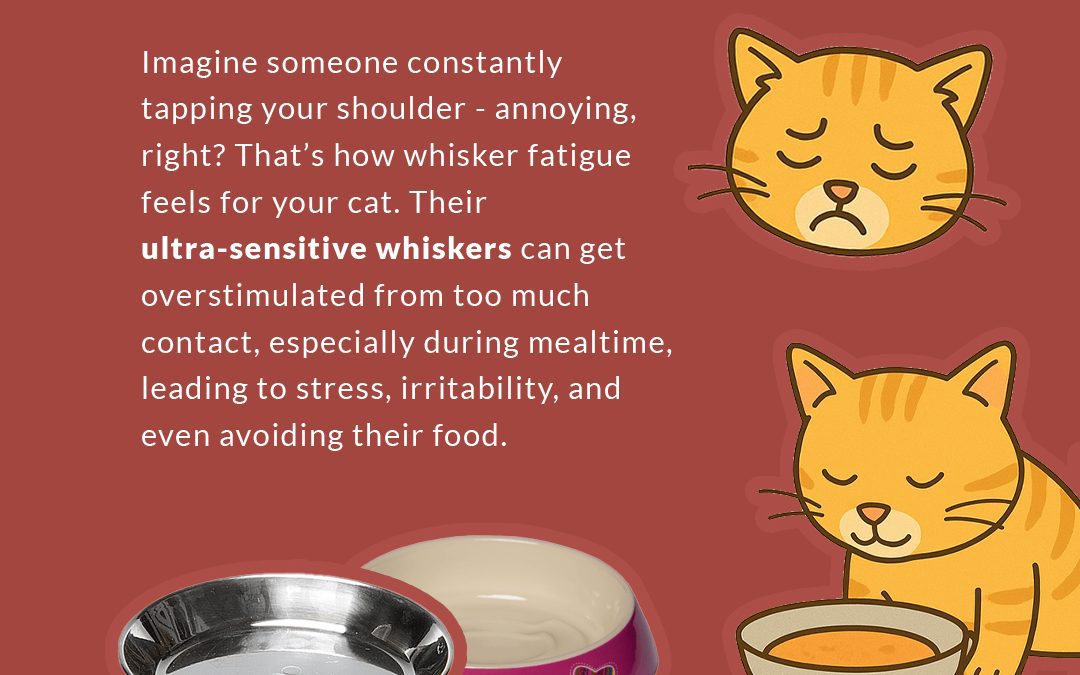
View All Cat Products Available In Our Shop
Whiskers are not just for measuring gaps—they also help cats detect changes in their environment, navigate in the dark, and sense nearby threats or prey. Each whisker is equipped with proprioceptors at the base, which send tactile signals to the brain. This is why when these important sensory tools are overused, it can lead to fatigue.
Identifying whisker fatigue in cats is crucial as it can significantly impact their quality of life. Symptoms of whisker fatigue include:
Preventing whisker fatigue is about ensuring that your cat’s whiskers are not unnecessarily stimulated. Here are some effective strategies:
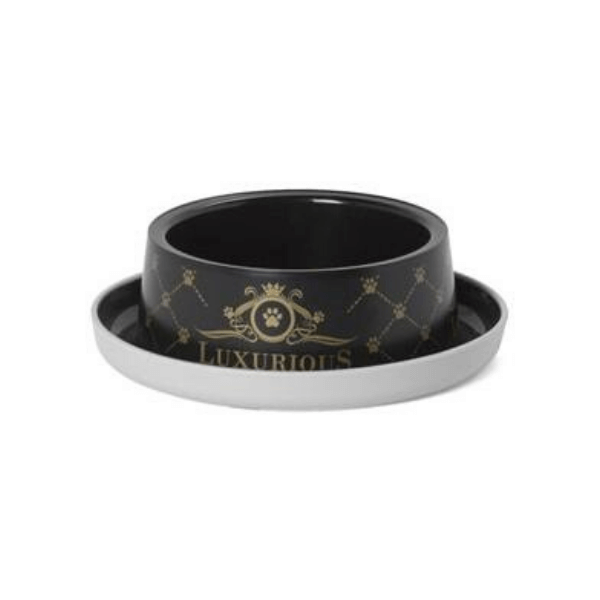
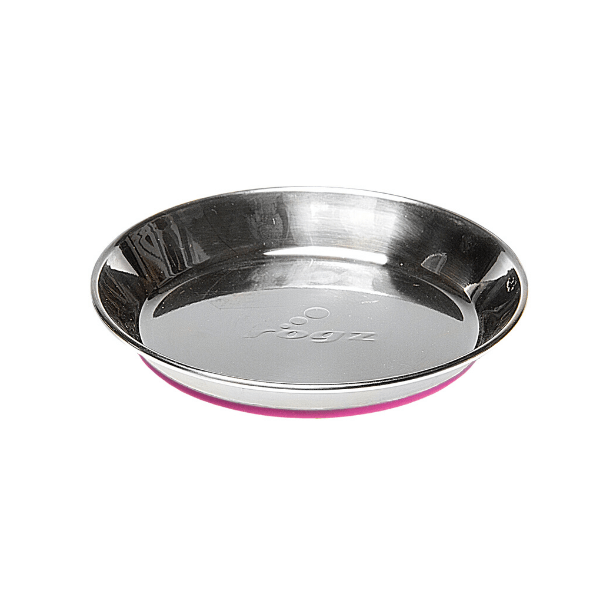
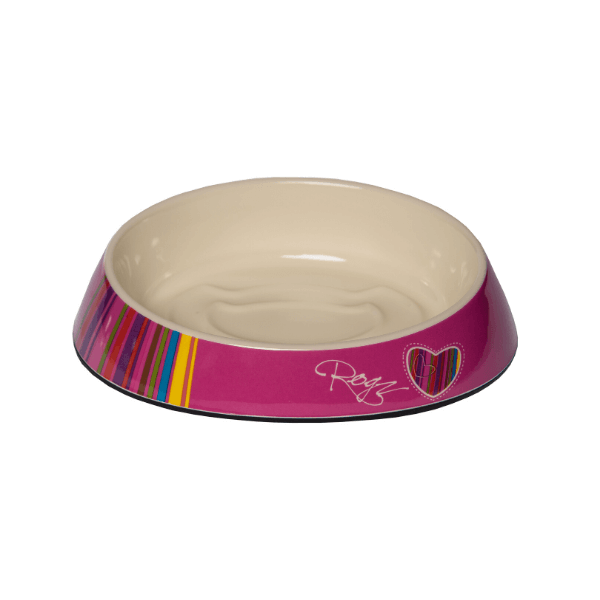



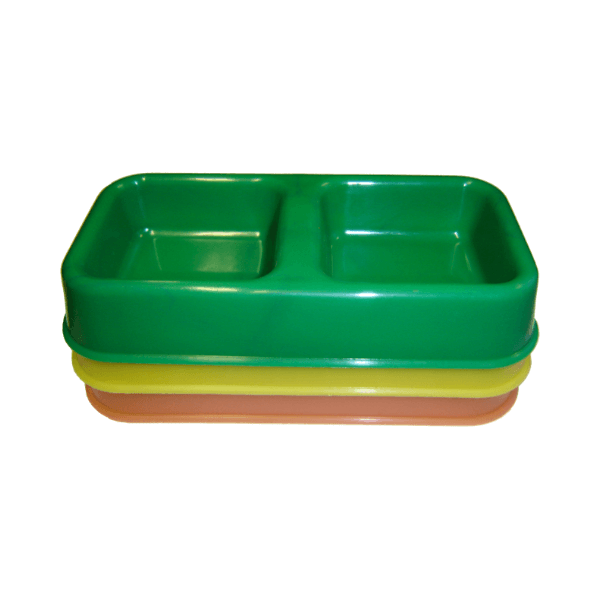
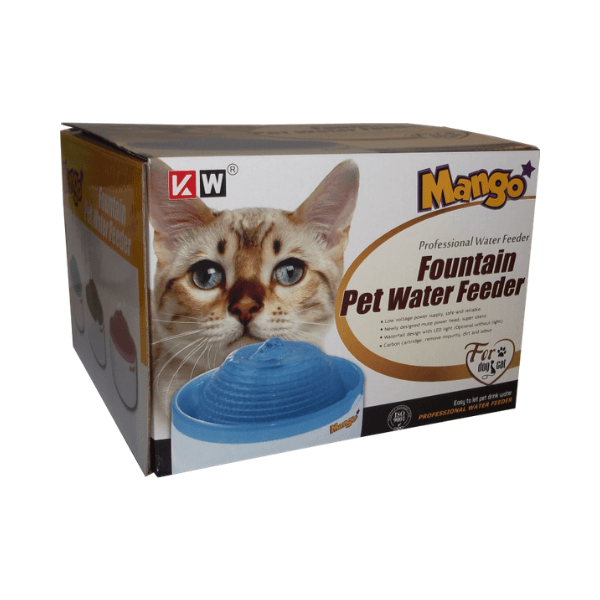
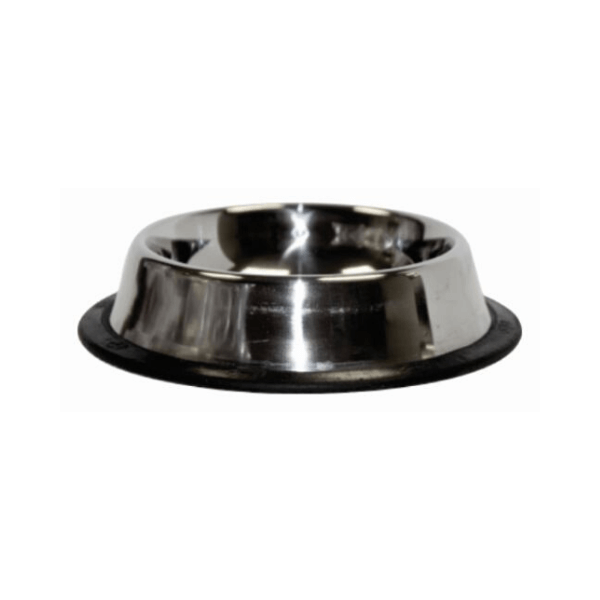


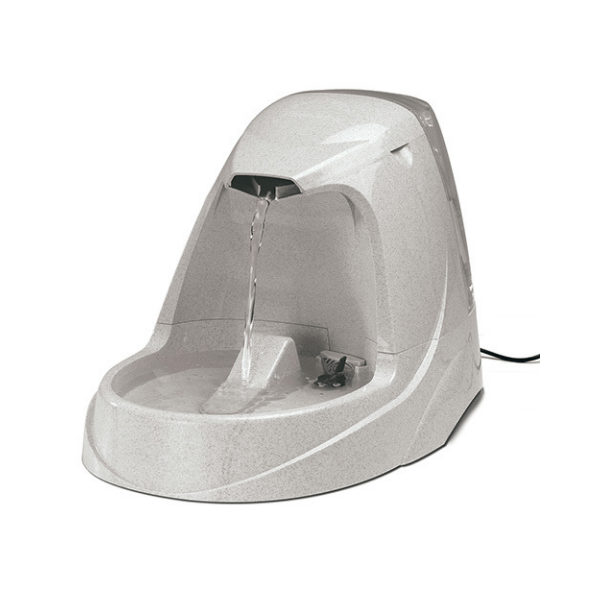

View All Dog Products Available In Our Shop
Dogs are known for their legendary sense of smell, and with good anatomical reason. Their noses have as many as 300 million receptors, while humans have about 5 million.
Evidence from a Bloodhound’s remarkable sense of smell is admissible as evidence in a court of law.
When it comes to taste buds, people are the top dogs. Humans have approximately six times more taste buds than dogs, around 9,000 vs 1,700. While some dogs are picky eaters, their overall tendency to eat even questionable fare comes from ancestral instincts when the species survived as scavengers in the wild.
Research indicates that dogs are color-blind but see more colors than just black and white. Dogs can see blue and yellow pretty clearly, but have trouble distinguishing between red and green, similar to humans who are color-blind.
More than half of U.S. presidents have had at least one dog during their time at the White House. And then there’s Calvin Coolidge, who had at least 12!
Rin Tin Tin, the famous German Shepherd, was rescued from a bombed-out dog kennel in France during World War I. After the war he was brought back to the U.S., where he (and his offspring) starred in 27 movies, and he was nominated for an Academy Award.
The only dog breed ever named after a fictional person is the Dandie Dinmont Terrier. The breed’s namesake is a character in the novel Guy Mannering, by Sir Walter Scott.
The Australian Shepherd is an American breed, not Australian. And the Labrador Retriever is originally from Newfoundland, an island near the Labrador Territory in Canada.
A Greyhound can beat a cheetah in a race, depending on how long the race is. The cheetah can run up to 70 mph for about thirty seconds, but a Greyhound can run 35 mph for up to seven miles. So the cheetah would win a short sprint, but the Greyhound would prevail in a longer race.
You don’t need the scientific method to prove there’s something special about our wonderful canine companions. And the fact of the matter is that as long as we’re willing to learn, dogs will always have something to teach us about ourselves and the world around us.
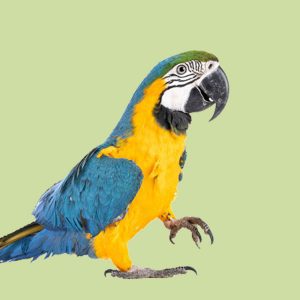
KIMVET - Shop by Category - BIRD PRODUCTS; Bird Food, Bird Medicines, Bird Treats, Bird Toys, Bird Accessories & More!
FREE SHIPPING applies for orders over R400 (within Kimberley) and for orders over R1000 (anywhere in South Africa)!
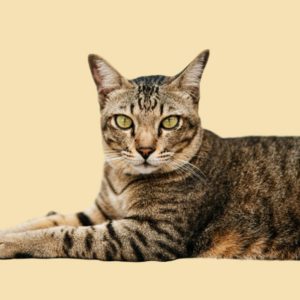
KIMVET - Shop by Category - CAT PRODUCTS; Cat Food, Cat Deworming & Tick/Flea, Cat Treats, Cat Toys, Cat Beds, Cat Collars, Cat Harnesses, Cat Tags, Cat Carriers, Cat Litter, Trays & Accessories, Cat Bowls, Cat Grooming & More!

KIMVET - Shop by Category - DOG PRODUCTS; Dog Food, Dog Deworming & Tick/Flea, Dog Treats, Dog Toys, Dog Beds, Cushions & Blankets, Dog Clothing, Dog Collars, Dog Harnesses, Dog Leads, Dog Tags, Dog Bowls, Dog Grooming, Dog Training Solutions, Dog Accessories & More!

KIMVET - Shop by Category - FISH PRODUCTS; Fish Food, Fish Care, Fish Bowls & Tanks, Fish Accessories & Pumps, Fish Ornaments & Plants in Kim Vet online-store, delivering nation wide.

KIMVET - Shop by Category - GIFT CARD, GIFT VOUCHER; R 100, R 500 etc. Any amount you want to add on the gift card can be selected.
We stock various products in our store to cater for every pet’s need!
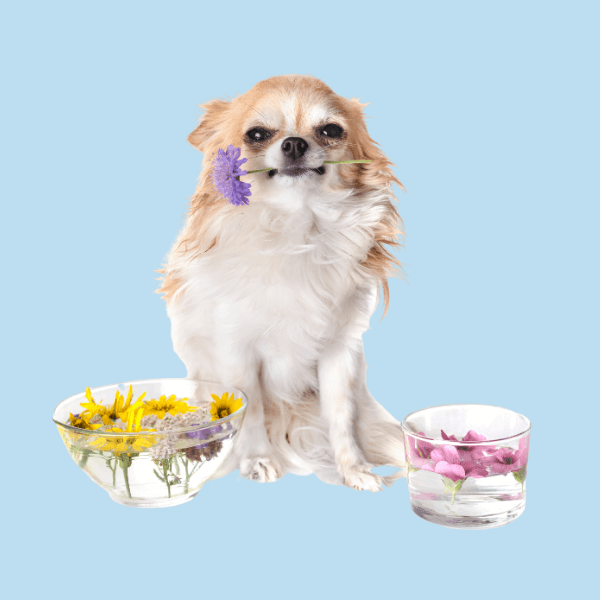
KIMVET - Shop by Category - HEALTH AND SUPPLEMENTS PRODUCTS; Calming, Eyes & Ears, Flies & Mosquitoes, General Supplements, Intestinal Support, Joint Care, Recovery, Skin Care, Wound Care & More!
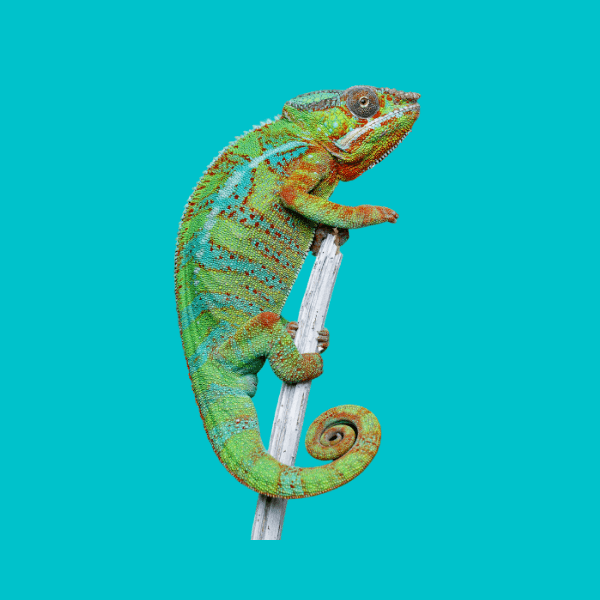
KIMVET - Shop by Category - REPTILE PRODUCTS; Reptile Care, Reptile Habitats, Reptile Accessories & More!
If we do not have something you need, contact us and we’ll get it in store for you to order easily.
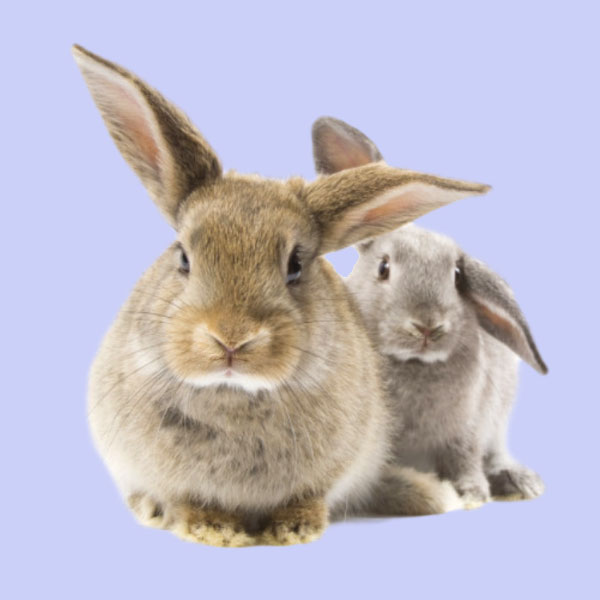
KIMVET - Shop by Category - SMALL MAMMAL PRODUCTS; Small Mammals Food, Small Mammals Bedding & Hay, Small Mammals Toys, Small Mammals Accessories in Kim Vet's online-store, delivering nation wide.
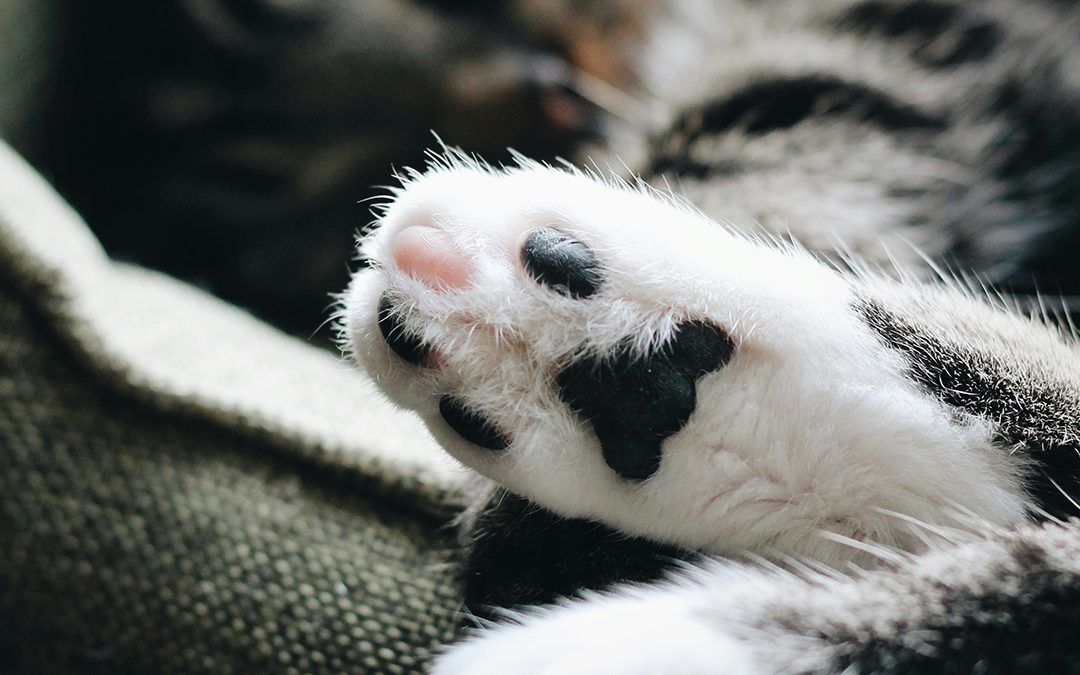
View All Cat Brushes Available In Our Shop
8 in stock
R76.72
3 in stock (can be backordered)
R214.66
1 in stock
R55.80
A Medium Comb with ergonomic hand grip which is suitable for all coat types. Removes knots and tangles. Combing stimulates the coat’s natural oils for a healthy, shiny coat. Suitable for cats and dogs. Brush your pet’s coat thoroughly first. Comb in the direction of hair growth, working from the head towards the tail and down the legs. Divide the hair into sections, combing each section until tangle free.
Helpful grooming tips: Stand your pet on a mat or groom outdoors. Ensure you and your pet are comfortable and relaxed before commencing grooming. Regular grooming should be an enjoyable experience for pet and owner.
3 in stock (can be backordered)
R159.00
View All Cat Dental Products Available In Our Shop
Price range: R74.78 through R149.99
1 in stock
R93.30
7 in stock (can be backordered)
R101.78
5 in stock (can be backordered)
R105.23
3 in stock (can be backordered)
R79.35
2 in stock
R94.00
8 in stock (can be backordered)
R94.04
2 in stock
R94.88
6 in stock (can be backordered)
R100.05
R28.98

Showing 109–120 of 203 resultsSorted by popularity
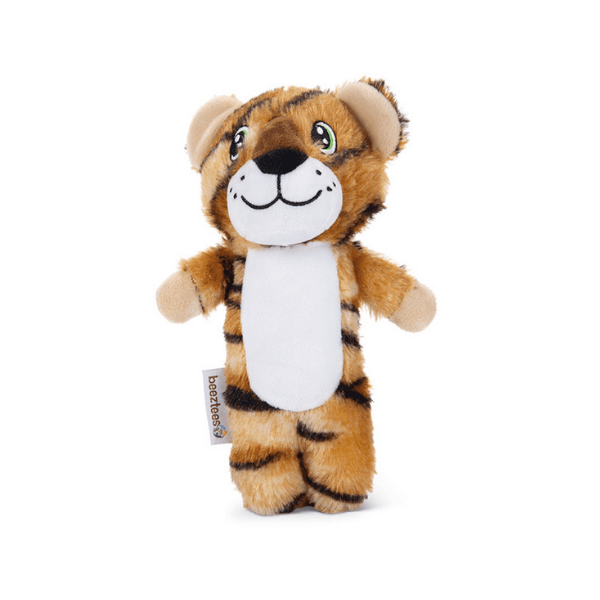
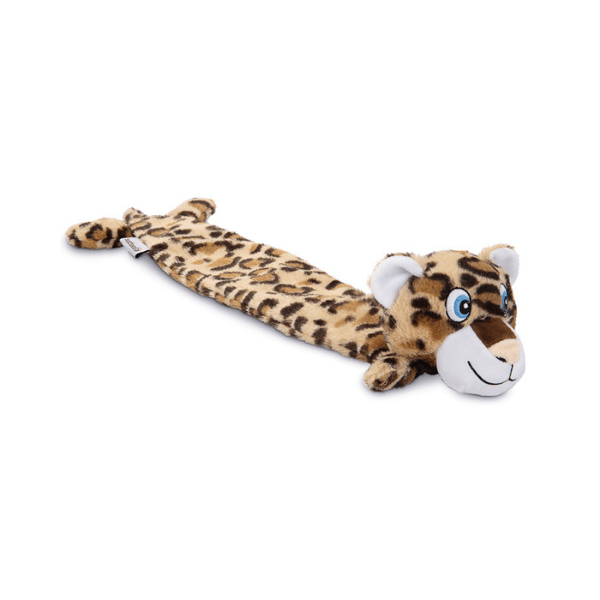


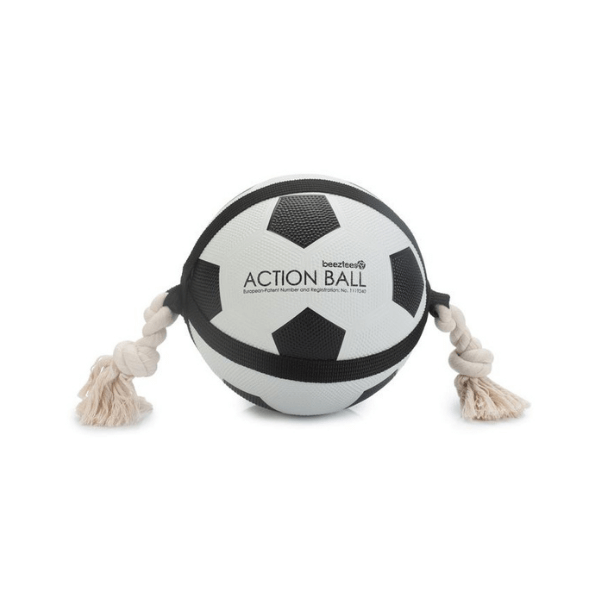
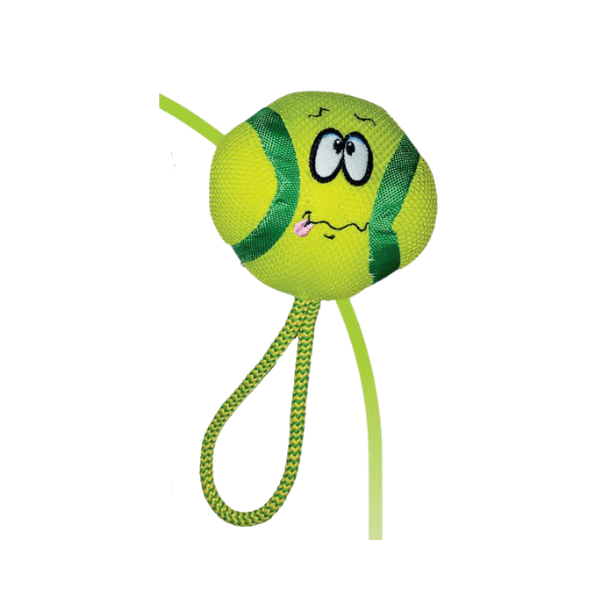

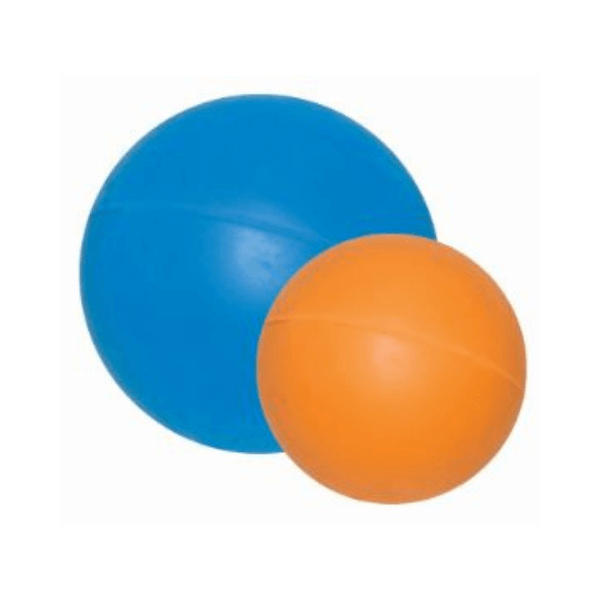
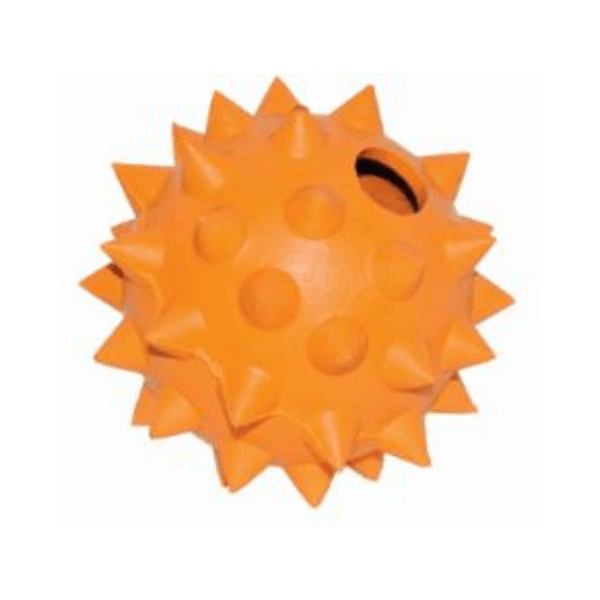
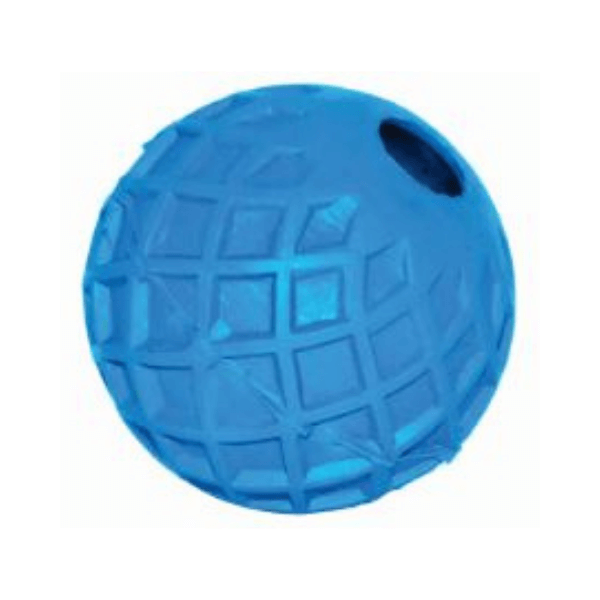

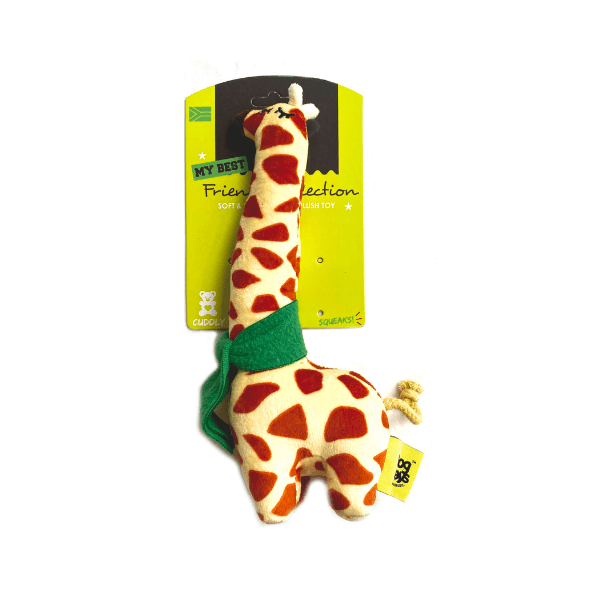
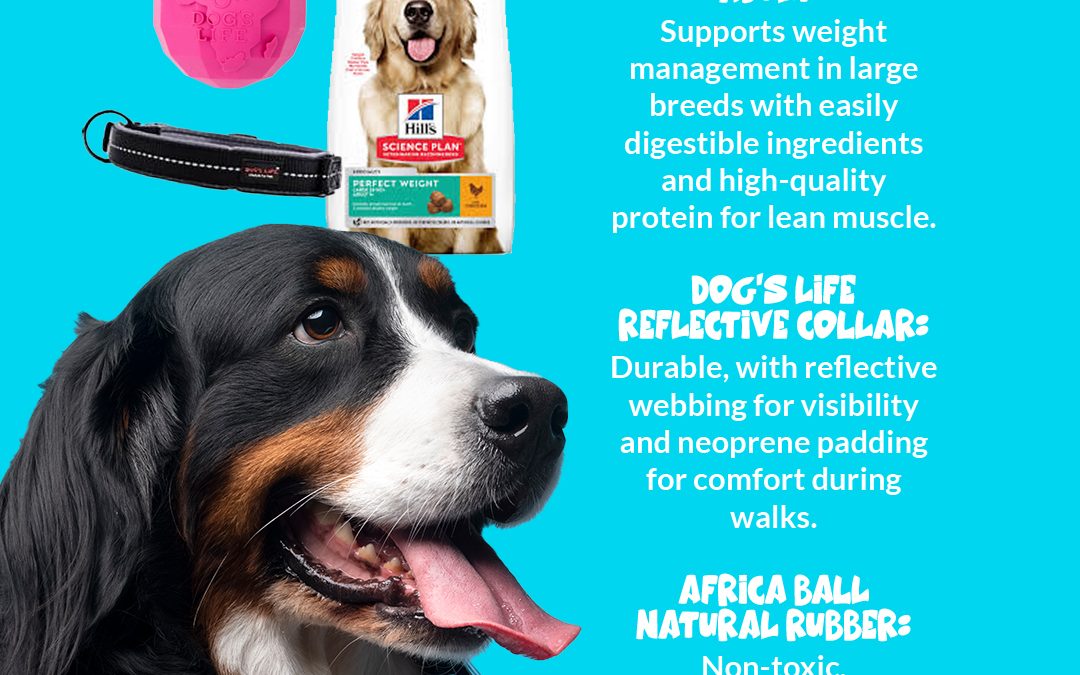
4 in stock (can be backordered)
R1,615.00
Price range: R80.50 through R193.20
Price range: R75.67 through R193.20
Showing 109–120 of 203 resultsSorted by popularity











